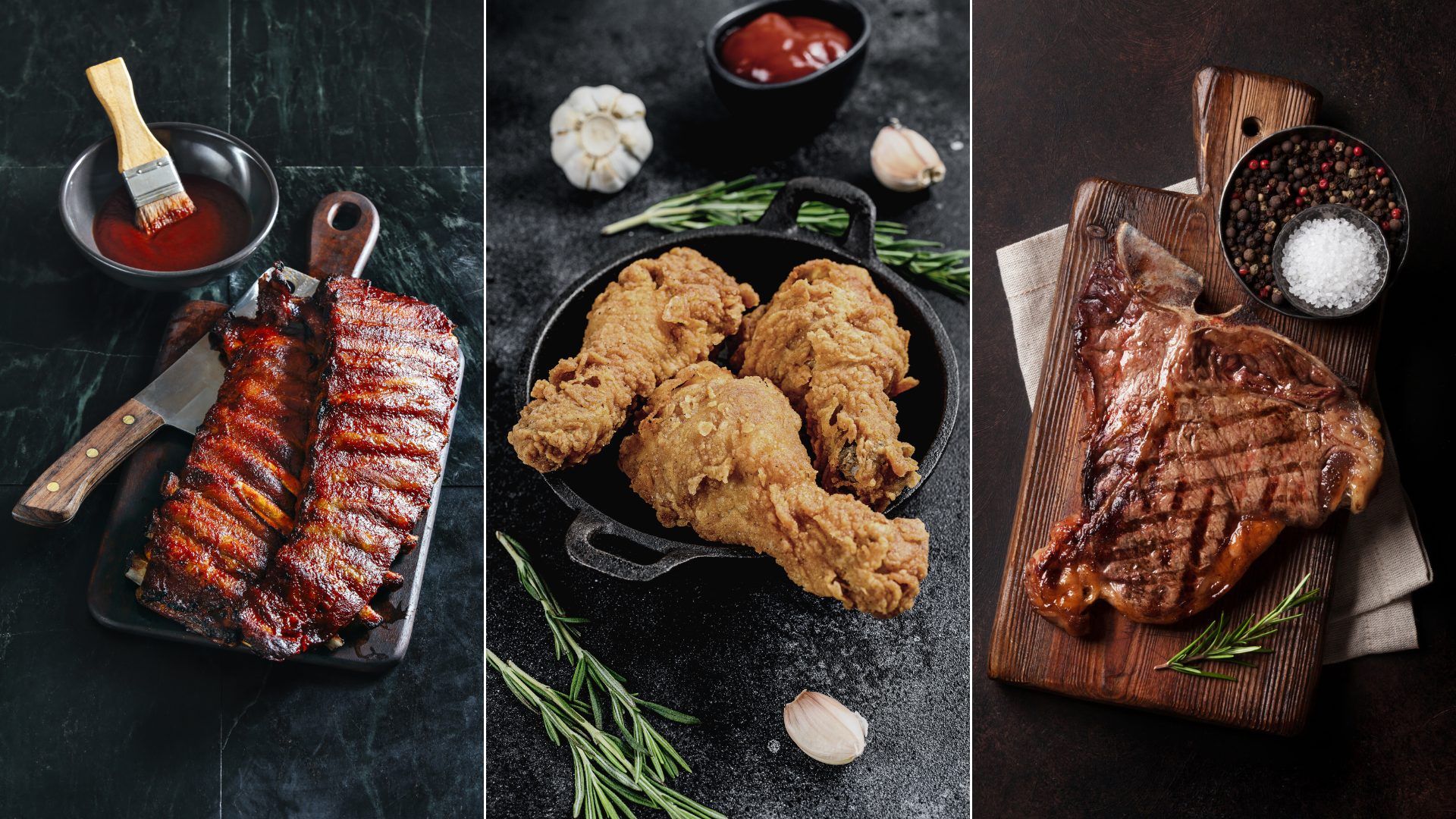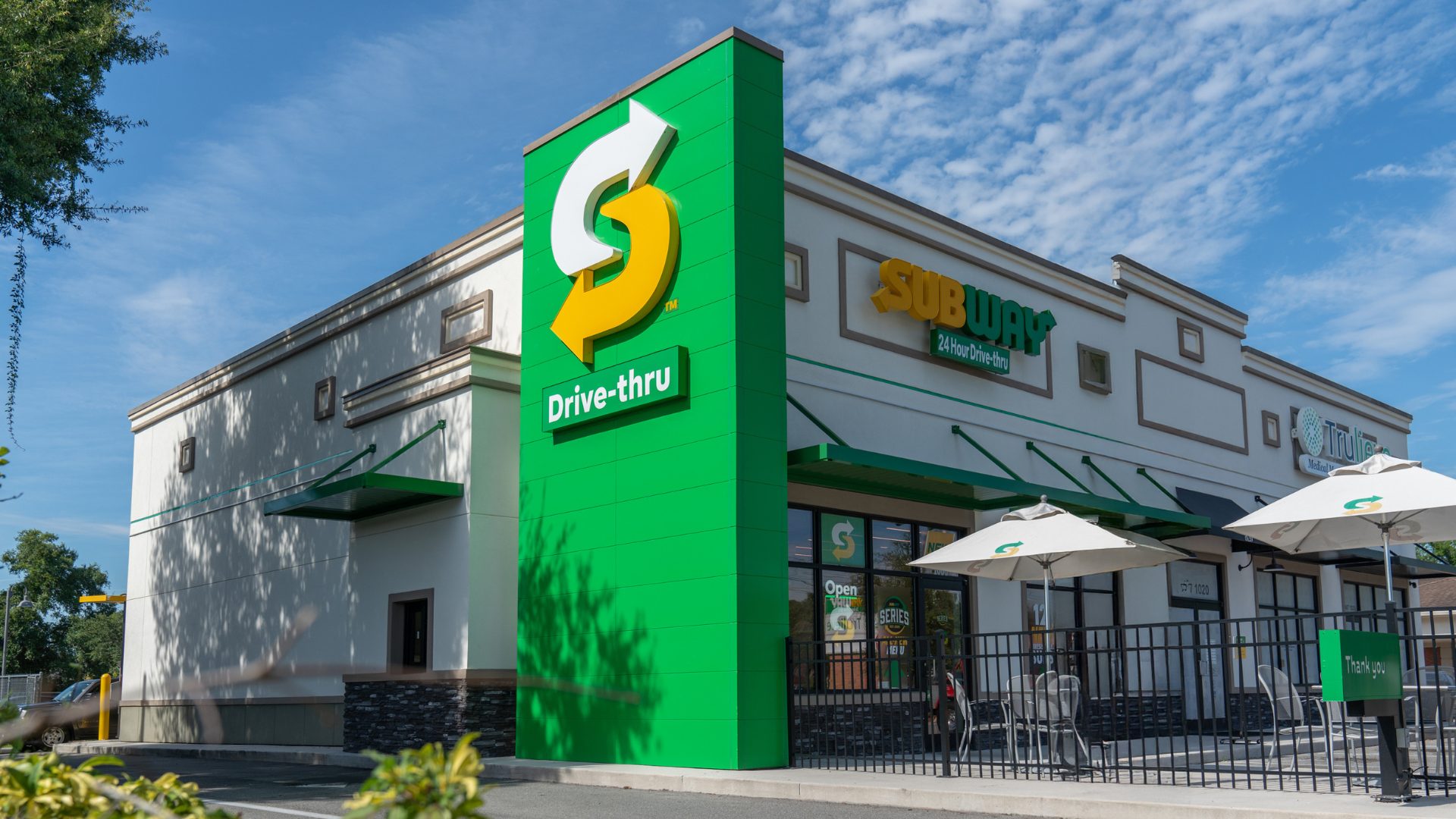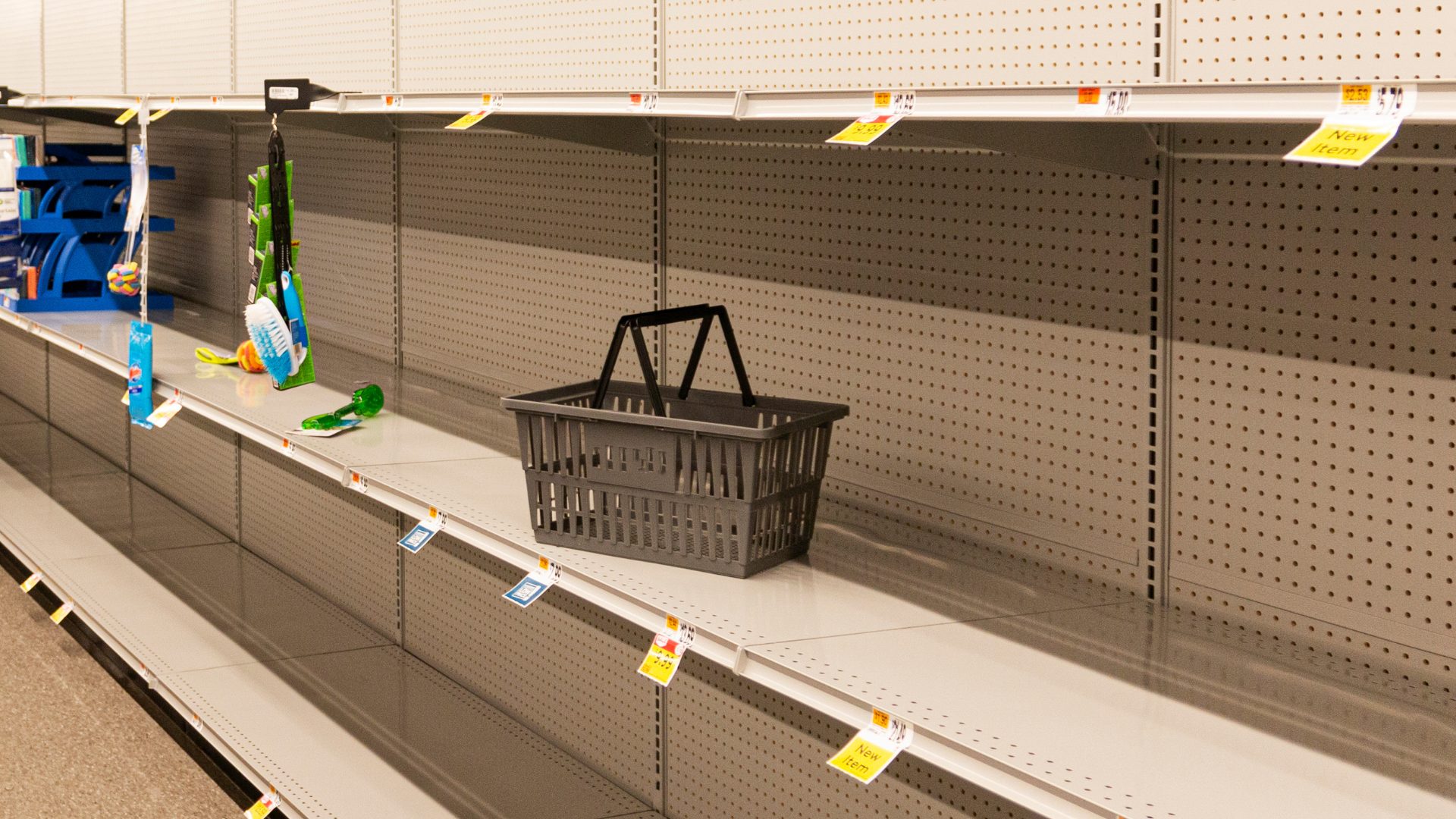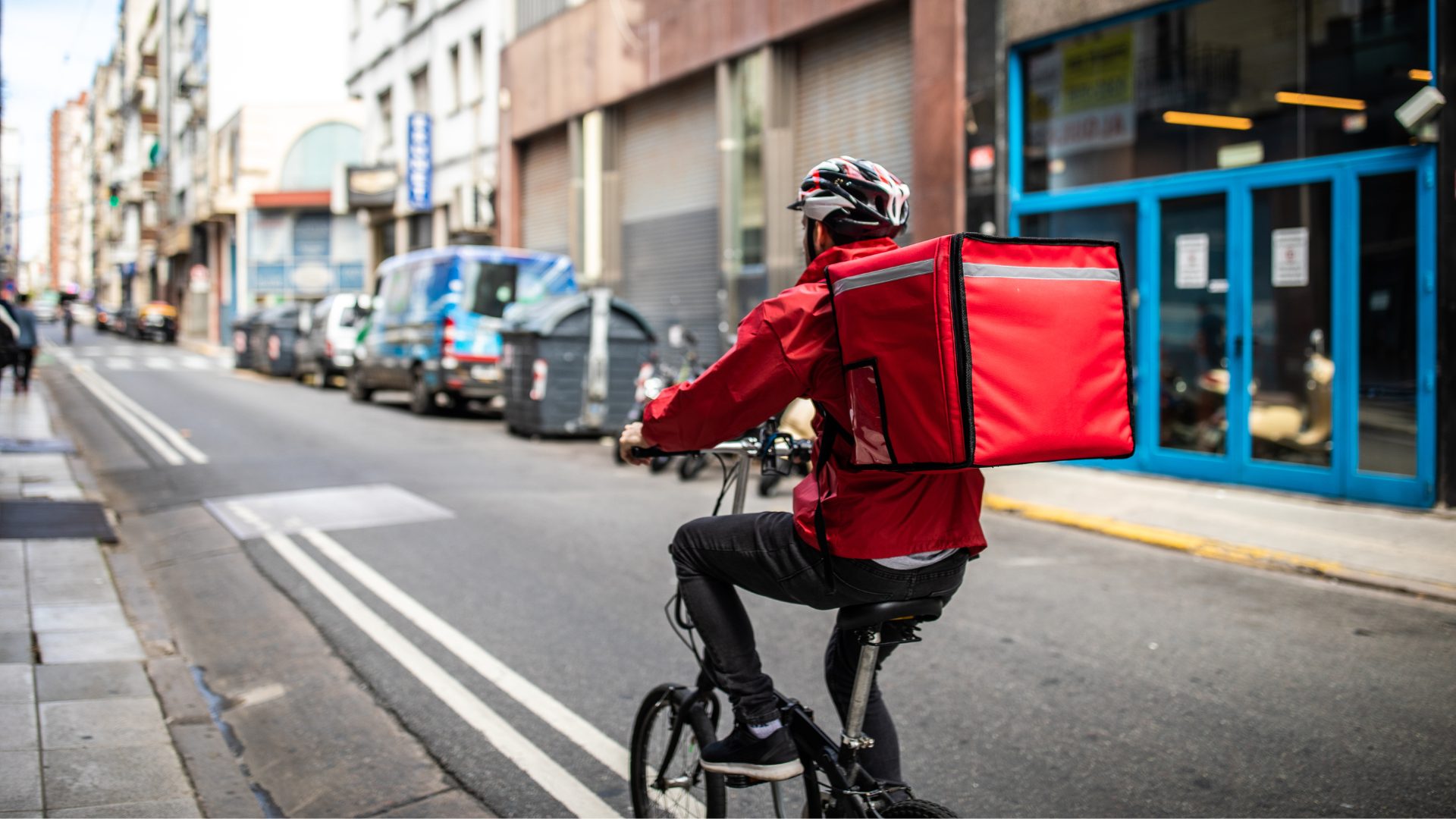Third-party delivery firms are making headlines again.
A growing number of investors, customers, and workers are fed up as the companies hemorrhage money and relentlessly chase growth— burning cash, customers, and vendors along the way (Business Insider, May 25).
And the industry is paying the price.
Just Eat Takeaway reportedly slashed its asking price for Grubhub as it continues to search for a buyer. The company acquired GrubHub for $7.3 billion in June 2020, and could sell it for as little as $1.26 billion if a buyer is found, reported FreightWaves (May 31).
With that, the future of delivery apps is unclear.
RECESSION FEARS
Fears of an impending recession are forcing rapid grocery delivery companies to slam the brakes on growth, reported CNBC (May 26).
Two of the largest instant grocery apps, Getir and Gorillas, recently announced plans to lay off hundreds of employees, while Zapp said it is proposing redundancies in its U.K. team. Additionally, Business Insider reported that Gopuff could potentially shutter 22 warehouses, as the rapid-delivery sector slows.
“More startups will fail as the economy slows against startups’ overly optimistic valuations and growth projections,” Mehwish Aslam, chief business officer at bSecure, a universal checkout solution, told The Food Institute. “The game of betting on the next funding round to save them won’t work anymore, and many of them will run into trouble.”
Getir and Gorillas have raised $1.8 billion and $1.3 billion to date, respectively. However, both firms have burned through significant amounts of cash to expand in the U.S. Further, according to a Sifted report, Gorillas has been struggling to raise additional funds.
“The third-party delivery space needs to really understand their potential audience to flesh out and build a stronger, more relevant brand that sets them apart from the other players who all basically copy the same uninspired messages,” added Aslam.
CRACKDOWN ON VIRTUAL BRANDS
DoorDash and Grubhub are cracking down on the thousands of virtual brands that have flooded their apps, reported Business Insider (May 24).
DoorDash recently implemented guidelines that a brand must have at least 50% differentiation on their virtual restaurant menu, while Grubhub says delivery-only menus must be differentiated from a restaurant’s main menu.
A report from Grubhub and Technomic found that 41% of independent restaurants are operating virtual restaurants, with many more saying they plan to add multiple virtual brands to their existing kitchens in the next year.
Consumers have started catching on. The National Restaurant Association found that 74% of adults in a survey said it was important for their food to be delivered from a place with a physical, accessible to the public, location.
Interestingly both apps have virtual restaurant programs of their own. DoorDash recently launched a delivery-centric food hall in Brooklyn, while Grubhub opened a virtual restaurant with MasterChef.












